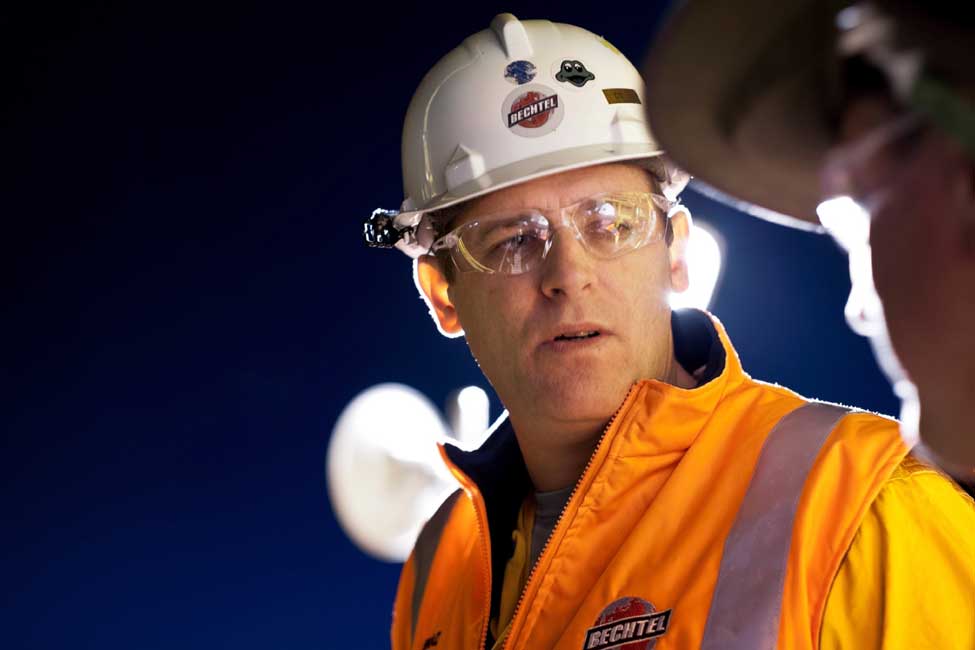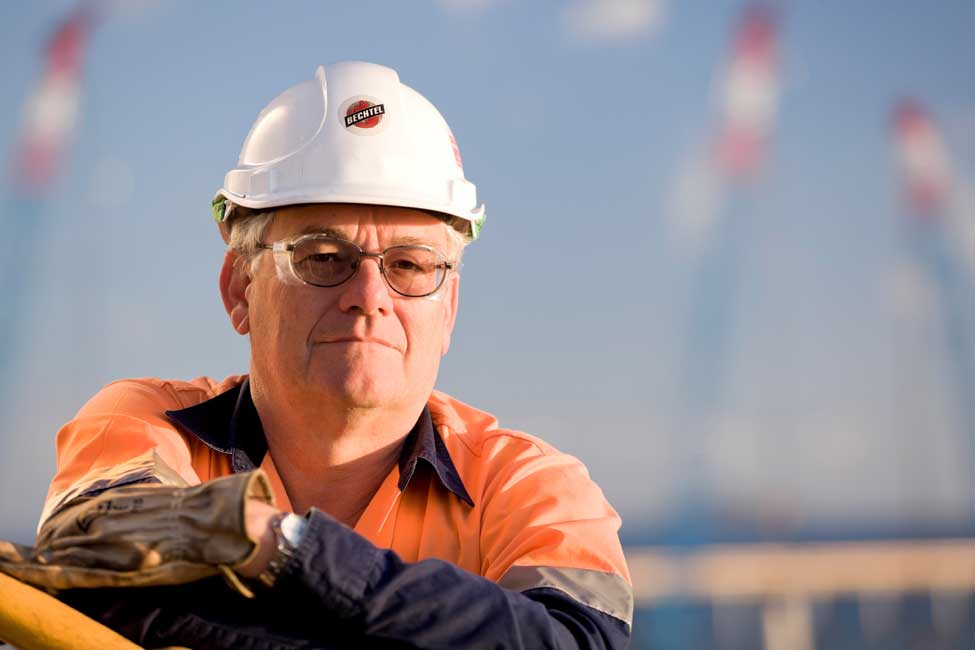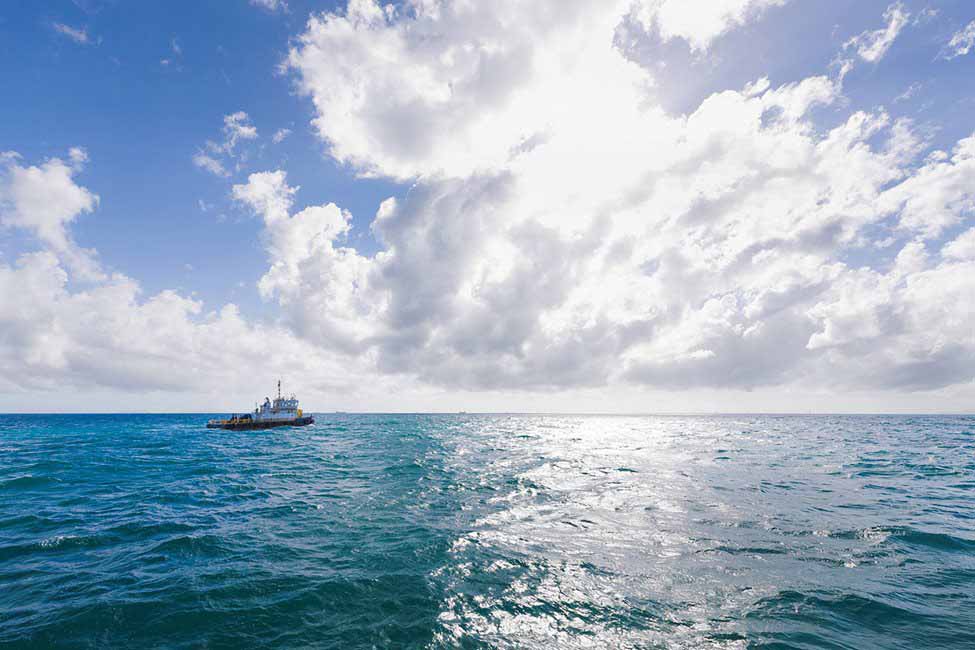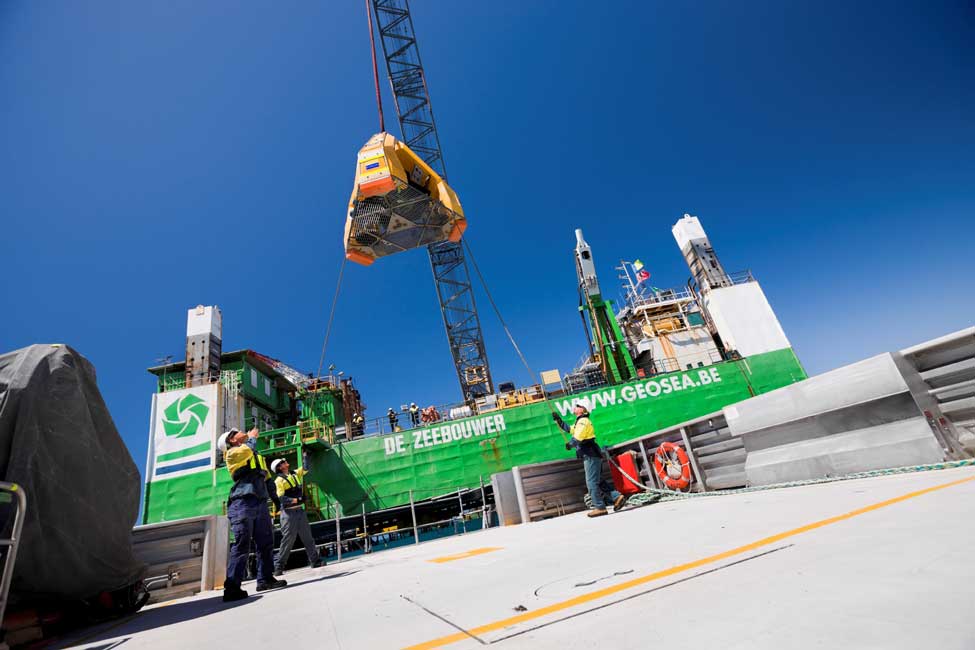Hay Point ships metallurgical coal mined from the Bowen Basin in Queensland, Australia, which contains one of the world’s largest reserves of this commodity that is used mainly as a fuel for steel production and as a reducing agent in blast furnaces.
We assisted the BHP Billiton Mitsubishi Alliance (BMA) in the construction of its third expansion, Hay Point Expansion Stage 3, of the Hay Point Coal Terminal, which dramatically increased capacity at one of the world's largest metallurgical coal export facilities. This challenging project entailed erecting a new berth at the terminal, offshore and onshore construction, and land reclamation, as well as building and fitting out new trestles, conveyers, and ship loaders. Bechtel’s work for BMA also included onshore reclamation and materials handling facilities.
The project increased annual throughput capacity from 44 million metric tons to some 55 million metric tons, thus helping BMA keep pace with increased mining production in the region and intensified international demand.
Innovative execution center optimizes performance
Hay Point Expansion Stage 3 was one of several large endeavors managed through the innovative Brisbane Hub. This execution center was formed to plan and optimize large-scale projects owned by BHP Billiton and its partners. These included four nearby metallurgical coal projects in the Bowen Basin: Caval Ridge, Daunia, Broadmeadow and South Walker Creek.
The Hub model allowed Bechtel and BHP Billiton to work together directly in a planned long-term arrangement for the most effective delivery in terms of budget, schedule, safety and quality improvements, and risk reduction during construction.






